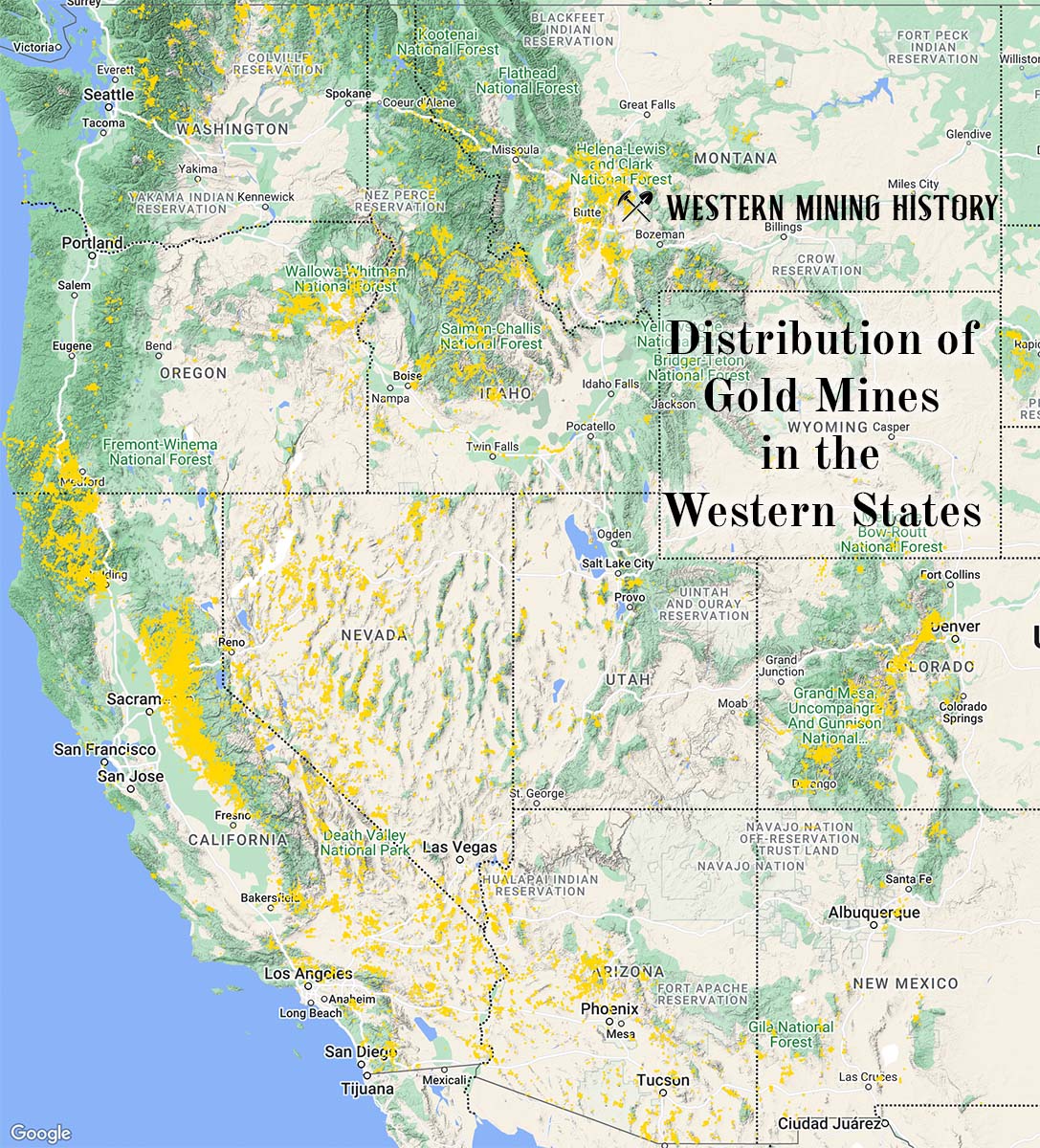The Johnny M Mine is a uranium mine located in McKinley county, New Mexico at an elevation of 7,100 feet.
About the MRDS Data:
All mine locations were obtained from the USGS Mineral Resources Data System. The locations and other information in this database have not been verified for accuracy. It should be assumed that all mines are on private property.
Mine Info
Elevation: 7,100 Feet (2,164 Meters)
Commodity: Uranium
Lat, Long: 35.36222, -107.72306
Map: View on Google Maps
Johnny M Mine MRDS details
Site Name
Primary: Johnny M Mine
Commodity
Primary: Uranium
Secondary: Vanadium
Tertiary: Molybdenum
Tertiary: Copper
Tertiary: Selenium
Tertiary: Arsenic
Location
State: New Mexico
County: McKinley
District: Grants Uranium District: Ambrosia Lake Subdistrict
Land Status
Land ownership: Private
Note: the land ownership field only identifies whether the area the mine is in is generally on public lands like Forest Service or BLM land, or if it is in an area that is generally private property. It does not definitively identify property status, nor does it indicate claim status or whether an area is open to prospecting. Always respect private property.
Holdings
Not available
Workings
Type: Underground
Ownership
Owner Name: Ranchers Exploration And Development Co.
Home Office: Box 6217, Albuquerque, N.M. 87107
Info Year: 1979
Years: 1981 -
Production
Not available
Deposit
Record Type: Site
Operation Category: Producer
Deposit Type: Stratiform
Operation Type: Underground
Year First Production: 1976
Year Last Production: 1981
Discovery Year: 1968
Discovery Method: Geophysical Anomaly
Years of Production:
Organization:
Significant: N
Deposit Size: M
Physiography
General Physiographic Area: Intermontane Plateaus
Physiographic Province: Colorado Plateaus
Physiographic Section: Datil Section
Mineral Deposit Model
Not available
Orebody
Form: TABULAR
Structure
Type: L
Description: Post-Ore Faults With Strikes Ranging From N 10 W To N 40 E And Displacements From A Few Inches To 75 Ft. Cut The Orebodies But No Ore Has Been Found Stacked Along Fault Planes.
Alterations
Not available
Rocks
Name: Sandstone
Role: Host
Age Type: Host Rock
Age Young: Late Jurassic
Name: Sandstone
Role: Host
Age Type: Host Rock Unit
Age Young: Late Jurassic
Analytical Data
Analytical Data: 0.02% V2O5 TO 1.25% V2O5
Analytical Data: CONCENTRATIONS RANGE FROM THE ECONOMIC CUTOFF OF 0.05% U3O8 TO OVER 8% U3O8
Materials
Ore: Marcasite
Ore: Jordisite
Gangue: Barite
Gangue: Calcite
Gangue: Pyrite
Comments
Comment (Deposit): NMBMMR BULL 105 IS AN ANNOTATED BIBLIOGRAPHY OF THE GRANTS URANIUM REGION, N.M., 1950 TO 1972. ; INFO.SRC : 1 PUB LIT; 2 UNPUB REPT
Comment (Deposit): DEPOSITS OCCUR IN SIX EASTWARD-TRENDING OREBODIES COMPOSED OF MANY SMALLER PARALLEL AND SUBPARALLEL PODS, ORE ROLLS AND MANTO-LIKE SHEETS. OREBODIES RANGE FROM 200 FT. TO 1800 FT. LONG, 75 FT. TO 900 FT. WIDE, AND 4 FT. TO 12 FT. THICK. THE LARGEST OREBODY AND THE THREE SMALLEST ONES ARE IN SEC. 18. PODS AND ORE ROLLS RANGE FROM 3 FT. TO 50 FT. LONG AND FROM 4 FT. TO 5 FT. THICK. SHEETS UP TO 12 FT. THICK OCCUR. THE WESTWATER CANYON SANDSTONE CONTAINS PODS AND SOME ORE ROLLS, THE POISON CANYON SANDSTONE CONTAINS PODS AND SOME SHEETS.
Comment (Workings): ACCESS CONSISTS OF A 1380 FT. VERTICAL SHAFT. EXTENT OF UNDERGROUND WORKINGS NOT REPORTED. OPERATION USES SAND SLURRY BACKFILL AND PUMPS ABOUT 1000 GPM MINE WATER.
Comment (Geology): ORE OCCURS IN THE WESTWATER CANYON AND BRUSHY BASIN (POISON CANYON SANDSTONE) MEMBERS OF THE MORRISON FM.
Comment (Commodity): ANALYTICAL DATA FROM FALKOWSKI, 1980 P. 235
Comment (Location): GEODETIC AND UTM LOCATIONS ARE FOR MAIN SHAFT. OREBODIES ARE IN THE SE QUARTER OF SEC. 7 AND THE NE QUARTER OF SEC. 18.
Comment (Development): ORE BODIES DISCOVERED AND DELINEATED BY DRILLING AND GEOPHYSICAL LOGGING. REPORTED TO BE A 750 TON PER DAY OPERATION.
References
Reference (Deposit): URANIUM RESOURCES AND TECHNOLOGY, 1980 N.M. ENERGY AND MINERALS DEPT., P. 61
Reference (Deposit): AN OVERVIEW OF THE N.M. URANIUM INDUSTRY, 1979 N.M. ENERGY AND MINERALS DEPT., P. 50-91
Reference (Deposit): GREEN, M.W., AND OTHERS, 1980 U.S. DEPT. OF ENERGY, OFR PGJ-016, 168 PAGES
Reference (Deposit): SCHILLING, F.A., JR., 1975 NMBMMR BULL 105, 69 PAGES
Reference (Deposit): CHAPMAN, WOOD, AND GRISWOLD, INC., 1979 NMBMMR GEOLOGIC MAP 31
Reference (Deposit): SANTOS, E.S., 1966 USGS MAP GQ-517
Reference (Deposit): SIEMERS, W.T., AND AUSTIN, G.S., 1979 NMBMMR RESOURCE MAP 9
Reference (Deposit): STATE MINE INSPECTOR, DIRECTORY OF ACTIVE MINES, 1978
Reference (Deposit): NMSMIR, 1972
The Top Ten Gold Producing States

These ten states contributed the most to the gold production that built the West from 1848 through the 1930s. The Top Ten Gold Producing States.